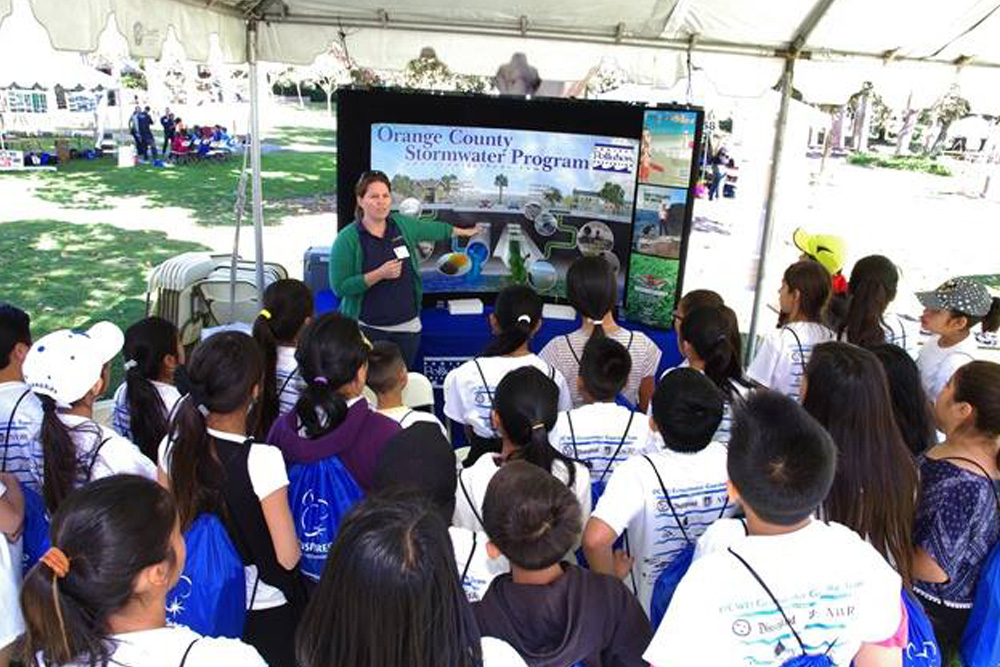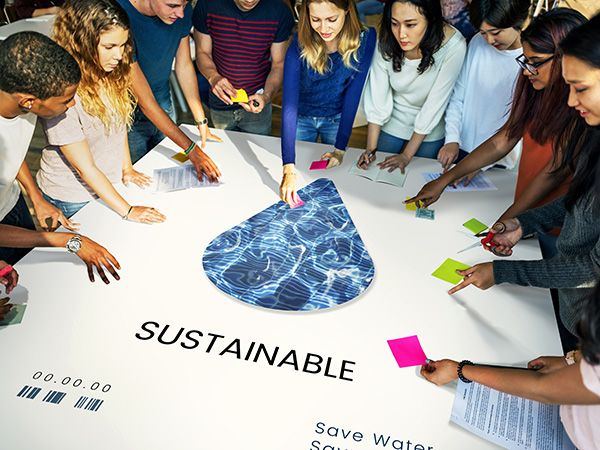
Access to clean and safe water is fundamental for maintaining health and enhancing quality of life. Yet, the effectiveness of water supply systems can be significantly undermined if the water is not stored properly. In this context, education plays a pivotal role in promoting safe water storage practices, ensuring that communities can protect their water resources and benefit from them over the long term.
The Importance of Safe Water Storage
Safe water storage is crucial for preventing contamination and maintaining the potability of drinking water. In many communities, especially those in developing regions, water storage practices can vary significantly. Inadequate storage conditions can lead to the proliferation of harmful microorganisms, which pose serious health risks such as gastrointestinal infections and vector-borne diseases.
Proper water storage involves using clean, covered containers and ensuring that the water remains uncontaminated from external pollutants. Educating communities about these practices helps in reducing the risk of waterborne diseases, which can be particularly prevalent in areas with poor sanitation infrastructure.
The Benefits of Education on Safe Water Storage
Improved Health Outcomes: Education on safe water storage empowers individuals to adopt practices that prevent contamination. For example, communities are taught to use clean, airtight containers to store water, and to regularly clean these containers to avoid algae and bacteria growth. This results in a reduction in waterborne diseases and contributes to overall public health.
Enhanced Community Awareness: Education programs raise awareness about the importance of water safety. Through workshops, community meetings, and informational materials, people learn not only about the risks of improper storage but also about practical measures they can take. This collective awareness fosters a culture of health and hygiene that benefits entire communities.
Cost Savings: By promoting safe water storage practices, communities can avoid the high costs associated with treating waterborne illnesses. Families spend less on medical expenses and are less likely to experience lost workdays due to illness. In the long term, this economic benefit contributes to community well-being and stability.
Sustainable Practices: Education also focuses on sustainable water storage solutions that are environmentally friendly. For example, teaching communities to use rainwater harvesting systems and promote the use of eco-friendly storage materials reduces the reliance on single-use plastics and helps in conserving water resources.

Implementing Effective Education Programs
To maximize the impact of education on safe water storage, programs must be tailored to the specific needs and conditions of the communities they serve. Here are some strategies for effective implementation:
Localized Workshops: Conduct workshops that address local water storage challenges and offer practical, culturally appropriate solutions. These sessions should be interactive, allowing community members to ask questions and share experiences.
Collaborative Efforts: Partner with local health organizations, schools, and community leaders to spread information and integrate safe water storage practices into broader health education initiatives.
Visual and Practical Tools: Utilize visual aids, demonstrations, and hands-on training to make the concepts of safe water storage more tangible and memorable. Practical demonstrations of proper storage techniques can help reinforce the lessons learned.
Feedback and Adaptation: Continuously gather feedback from the community to assess the effectiveness of education programs and make necessary adjustments. Engaging with community members helps in understanding their unique challenges and refining educational approaches.
Conclusion
Education is a powerful tool in promoting safe water storage practices. By raising awareness and providing practical knowledge, educational initiatives help prevent water contamination, improve health outcomes, and foster sustainable practices. As communities embrace these practices, they not only safeguard their water resources but also contribute to the overall well-being and resilience of their populations. Investing in education on safe water storage is thus a critical step toward achieving long-term public health benefits and enhancing quality of life.


